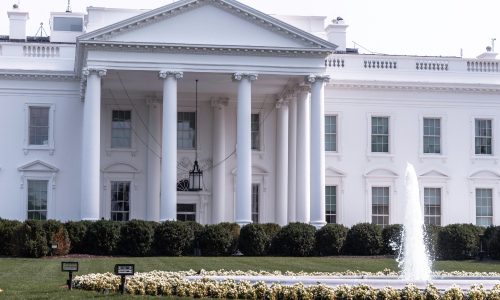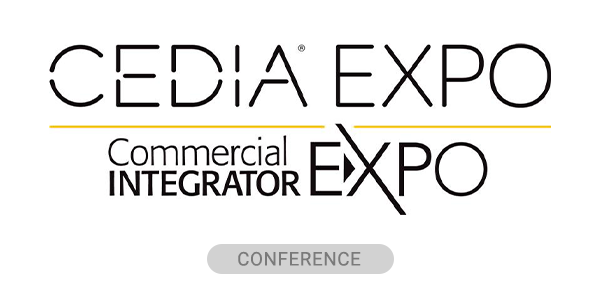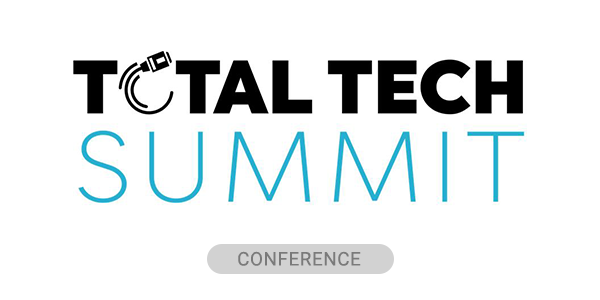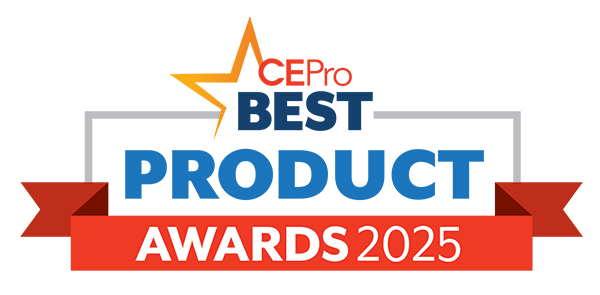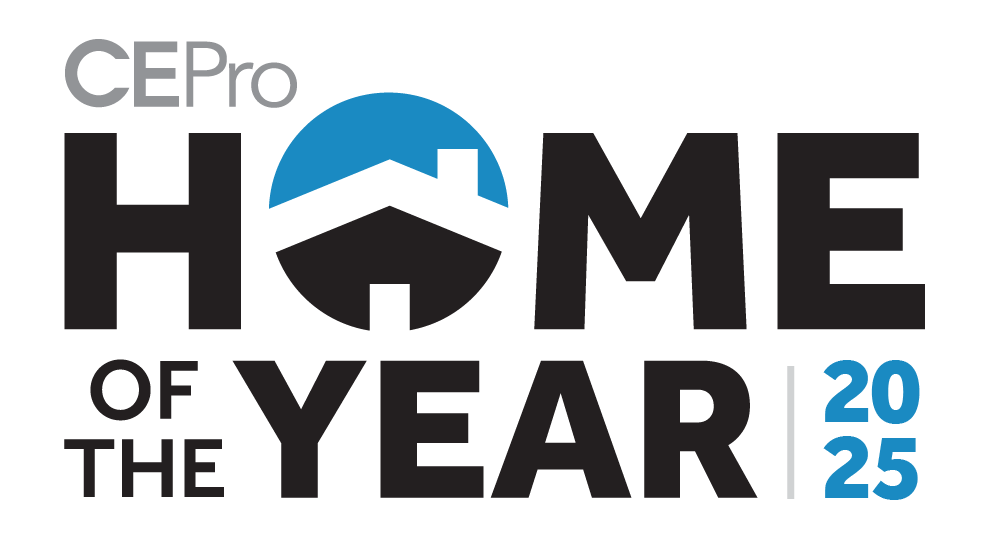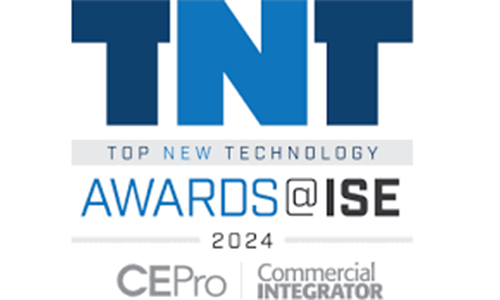On May 4, the Biden-Harris Administration released the United States Government’s National Standards Strategy for Critical and Emerging Technology aimed at strengthening the U.S. position in technology standards development. The declaration comes about nine months after the passage of the $52.7 billion CHIPS and Science Act designed to stimulate microchip development in the U.S.
According to the declaration: “Standards are the guidelines used to ensure the technology Americans routinely rely on is universally safe and interoperable. This Strategy will renew the United States’ rules-based approach to standards development.
It also will emphasize the Federal Government’s support for international standards for critical and emerging technologies (CETs), which will help accelerate standards efforts led by the private sector to facilitate global markets, contribute to interoperability, and promote U.S. competitiveness and innovation.”
In a nutshell, the newly announced strategy has four key objectives:
- Investment – by both the government and the private sector in standards development
- Participation – by both the government and the private sector in the creation of standards
- Workforce training – supported with spending from the federal government
- Integrity and inclusivity – engagement in the standards development process to include stakeholders from around the world
The Pros of More Technology Standards…
That all sounds well and good. So, what does all this mean for the smart home and for integrators? Does the industry want or need the federal government involved in the development of smart standards?
Indeed, the government is already involved in standards development to a certain extent. The American National Standards Institute (ANSI) coordinates the U.S. private sector standards activities, while the National Institute of Standards and Technology (NIST) coordinates Federal Government engagement in standards activities.
Industry associations, consortia, and other private sector groups work together within that system to develop standards to solve specific challenges. But this new declaration seems to hint that the current system is not really working as effectively as it should be and needs heavier government involvement.
We can point to nations like China that have massive government spending behind their technology investments, allowing them to build faster and better than capitalist countries that rely solely on private investment. I doubt any private developers are going to be too upset about taking government money to back their R&D activities.
On the surface, the greater government oversight might be necessary. In the smart home space specifically, the current landscape has multiple competing protocols in existence, many of which are incompatible with others and require hub-like devices to function. The losers in this current scenario are often the end users who buy a device that ultimately ends up not working.
It has happened before. How many of us had Betamax players? Were we upset the government didn’t step in a determine there only be one form of videotape player back then? The free market ended up determining which technology protocols and devices survive and which ones end up in the dust pile of history. In the case of VHS vs. Betamax, VHS won the battle but ultimately lost the war to DVD which ultimately lost the war to streaming.
And the Cons of More Government Intervention
Others would say that this government intervention is not needed. The smart home market is already seeing the private sector team together on wireless standards for example.
Matter is a group of heavyweights, including Apple, Google and Amazon. Z-Wave has broadened the technology and opened up the chip manufacturing to help attract hundreds of manufacturers. Why should the government be involved? Associations such as the Telecommunications Industry Association (TIA) have already expressed their support for greater government investment.
To get into specifics, the Biden-Harris strategy states:
- Investment: Technological contributions that flow from research and development are the driving force behind new standards. The Strategy will bolster investment in pre-standardization research to promote innovation, cutting-edge science, and translational research to drive U.S. leadership in international standards development. The Administration is also calling on the private sector, universities, and research institutions to make long-term investments in standards development.
- Participation: Private sector and academic innovation fuels effective standards development, which is why it’s imperative that the United States to work closely with industry and the research community to remain ahead of the curve. The U.S. Government will engage with a broad range of private sector, academic, and other key stakeholders, including foreign partners, to address gaps and bolster U.S. participation in CET standards development activities.
- Workforce: The number of standards organizations has grown rapidly over the past decade, particularly with respect to CETs, but the U.S. standards workforce has not kept pace. The U.S. Government will invest in educating and training stakeholders — including academia, industry, small- and medium-sized companies, and members of civil society — to more effectively contribute to technical standards development.
- Integrity and Inclusivity: It is essential for the United States to ensure the standards development process is technically sound, independent, and responsive to broadly shared market and societal needs. The U.S. Government will harness the support of like-minded allies and partners around the world to promote the integrity of the international standards system to ensure that international standards are established on the basis of technical merit through fair processes that will promote broad participation from countries across the world and build inclusive growth for all.
Where do you stand?
